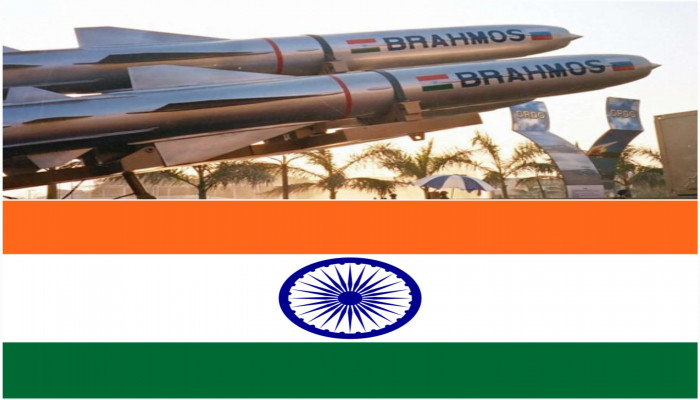Indian scientists unveil hypersonic missile 'Brahmastra' operating at 10Mach
- In Reports
- 05:18 PM, Mar 07, 2025
- Myind Staff
Our ancient mythological texts contain extraordinary accounts that seem unbelievable, even in today’s modern era. However, many of these ancient narratives are now validated by scientific discoveries. Researchers worldwide are accomplishing feats that were once thought impossible.
Take the Ramayana and Mahabharata, for example. These epics describe potent weapons like the Brahmastra, illusionary devils, and instantaneous travel between worlds. While these concepts don’t fully align with modern science, technological advancements bring similar ideas to life.
Recently, Indian scientists achieved a groundbreaking milestone that has amazed experts globally, including those in China and the United States. They have developed a modern 'Brahmastra’ capable of reaching an incredible speed of 12,144 km per hour. To put this into perspective, one could travel from New Delhi to Washington, D.C., in just an hour at this velocity.
The Long Range Anti-Ship Missile (LRAShM) is a hypersonic glide missile developed by the Defence Research and Development Organisation (DRDO). It was successfully experimented on November 16, 2023, from Dr. APJ Abdul Kalam Island, located off the coast of Odisha. With a striking range of 1,500 km, this missile can destroy an enemy vessel within 7 to 8 minutes of launch. It is designed for use from both land and sea. Defence experts initially believed the LRAShM could reach 6 to 7 Mach (where 1 Mach equals 1,235 km/h). However, it operates at an incredible speed of 10 Mach, making it ten times faster than sound. This allows it to travel 3.37 km in just one second, a indeed remarkable achievement.
If India has made this breakthrough, it raises the question of what global powers like China and the United States have achieved in this area. Both countries have developed similar weapons, such as China’s DF-17 missile, which can travel at speeds of 10–12 Mach and has a range of 1,000 km. However, India has stepped forward in scramjet and glide technology with the LRAShM. Unique heat-resistant materials have been used to withstand extreme temperatures and prevent the missile from burning up mid-flight.
With the successful test of LRAShM, the Indian Navy now holds a major strategic edge in the Indian Ocean Region (IOR). This missile plays a key role in countering China’s growing presence. For instance, if a warship near Pakistan’s Karachi port attempted to strike India, the LRAShM could eliminate it in just 4 to 5 minutes from Mumbai’s coastline.
India faces serious maritime challenges from China and Pakistan, making hypersonic missile technology a crucial advantage. Unlike China’s DF-17, which has a range of 1,000 km, India’s LRAShM extends to 1,500 km. Some defence analysts even suggest that India may have deliberately understated the missile’s true range for strategic purposes. With the LRAShM in its arsenal, India can target enemy ships deep within their territory before they can change course, strengthening its position as a powerful force in modern warfare.







Comments